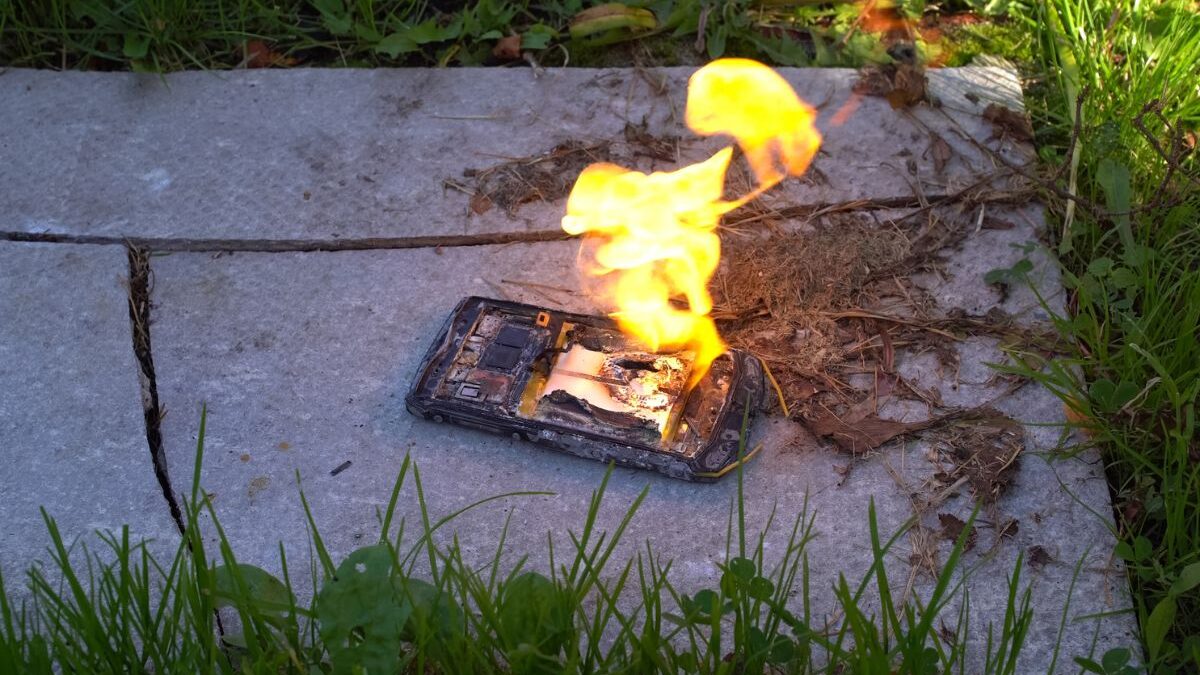
Data Recovery Is Not Possible: SSD, Cloud Or Online Disk
Read about the difficulties of recovering deleted files from SSD drives, cloud and online storage, RAID arrays and NAS devices . In the first part of the article, we looked at the problems of data recovery from traditional hard drives . Let’s now look at alternative storage devices.
In the second part of the article, we will talk about the features of data storage on solid state drives , as well as online and “cloud” storage .
SSD Drives :
SSDs have a number of advantages that make these drives attractive for use in both mobile and desktop computers. The lack of moving parts and low power consumption make them ideal for laptops, and their superb speed (especially with small data blocks) explains their proliferation in desktop computers as boot disks.
At the same time, SSD drives have a number of features that can make it impossible to use Data Recovery programs. The names of these features are the background garbage collector and the TRIM command.

Data Recovery Is Not Possible :
The reason is in the features of recording and storing data on solid state drives. The data is stored not on the surface of the magnetic platters, but in the memory cells of the rewritable ROM (Read Only Memory). A feature of this method of data storage is an extremely long time for clearing (zeroing) an occupied cell. Writing to an empty cell is carried out quickly, and to a busy cell in two stages: first, a rather long reset of the cell is performed (its contents are reset), and only after that the actual recording occurs.
To speed up the process of overwriting information, the developers of SSD drives introduced a special background process that resets the freed cells in the background, in parallel with the main read-write operations. This process is called the “garbage collector”. How does the garbage collector know that a particular cell should be zeroed out? The operating system tells it by calling a special TRIM command every time a file is deleted, freeing up disk space.
What allows data recovery programs to work? Only the fact that Windows does not reset the contents of a file when it is deleted. But the SSD-drive – resets! Not immediately, not instantly, but within a few minutes the contents of the deleted files will disappear forever.
When Data Can Still Be Recovered :
Fortunately, in many situations the garbage collector does not work, and the Facebook data can still be recovered. Here is a non-exhaustive list of such situations:
- Old version of Windows : When using Windows XP and earlier, the TRIM command is not supported (support has been introduced since Windows Vista), and deleted files can be recovered.
- External SSD: TRIM command is not supported over USB, FireWire, and Ethernet interfaces.
- Disk Array: When using SSD drives in a RAID array, TRIM is not supported, data is recovered.
- File system failure : If the disk is inaccessible or unreadable, the data can most likely be recovered, because the TRIM command was not called.
- The file system is not NTFS : Current versions of Windows only support TRIM on drives formatted with the NTFS file system. Accordingly, when using any other file system, Windows does not call the TRIM command, and the data can be recovered.


